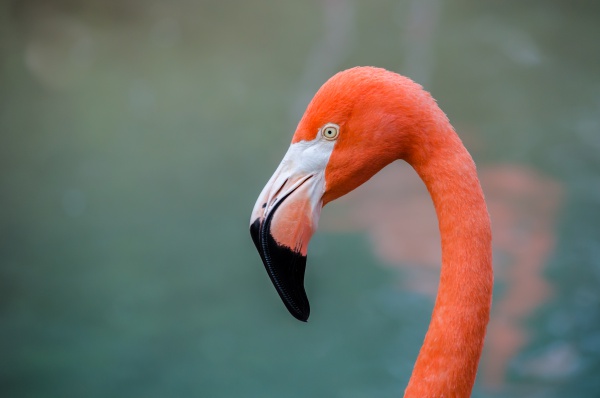Facts About American flamingo
The American flamingo, also known as the Caribbean flamingo, is a visually stunning bird closely related to the greater and Chilean flamingos. While it was once grouped with the greater flamingo as the same species, genetic distinctions have confirmed it as a separate species. This flamingo is the only one native to North America and can be found in various regions such as the Galápagos Islands, coastal areas of Colombia, Venezuela, Brazil, Trinidad and Tobago, and select parts of the United States, including Florida.
These birds thrive in habitats like saline lagoons, mudflats, and shallow coastal or inland lakes. Known for their vibrant pink plumage and specialized beaks, American flamingos have a long lifespan of around 40 years. They also exhibit unique mating rituals and bonding behaviors.
One of their remarkable adaptations includes long legs and large webbed feet, ideal for wading through shallow waters. Their specialized beaks enable them to efficiently filter food from the water. Additionally, they possess a unique osmoregulation system to maintain the proper balance of solutes and water in their bodies.
The American flamingo's circulatory system is similar to that of other birds, featuring a four-chambered heart that ensures efficient oxygen transport. Their respiratory system is adapted for both heat regulation and efficient gas exchange, equipped with a long trachea and mechanisms to prevent respiratory alkalosis.
Thermoregulation is crucial for flamingos, and they employ various methods to maintain their body temperature. These include evaporative heat loss and behavioral adaptations like standing on one leg. Depending on food availability or habitat changes, flamingos may also migrate short distances.

 Chad
Chad